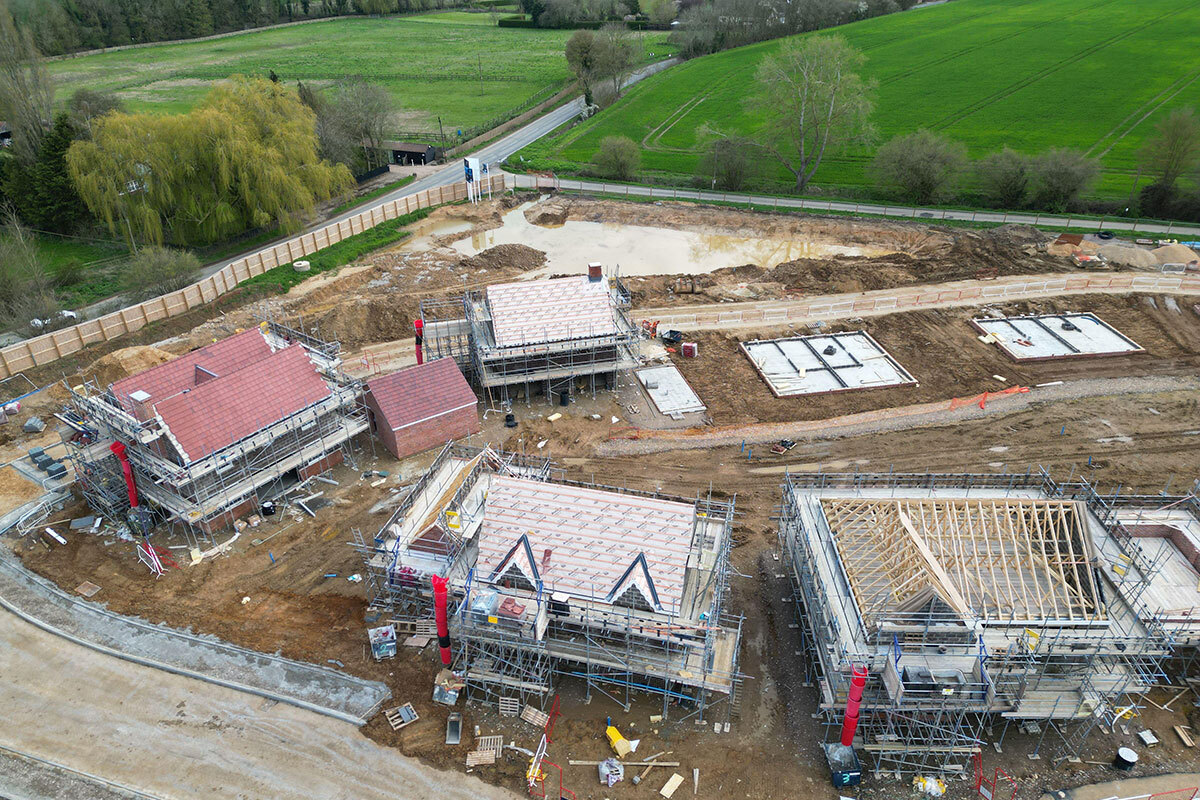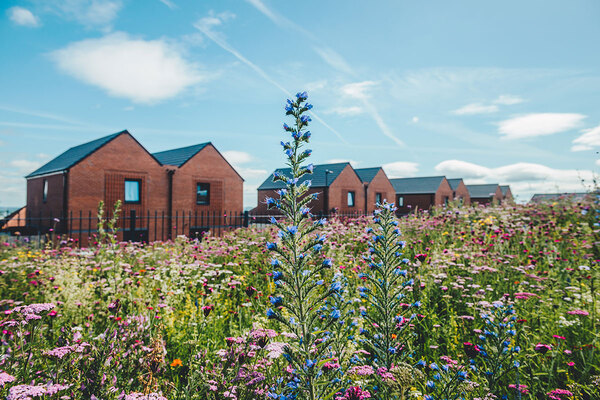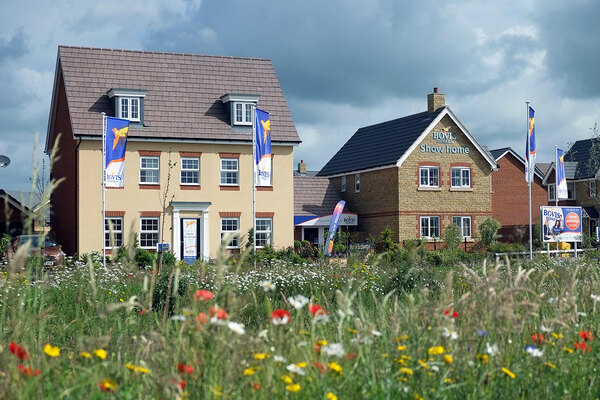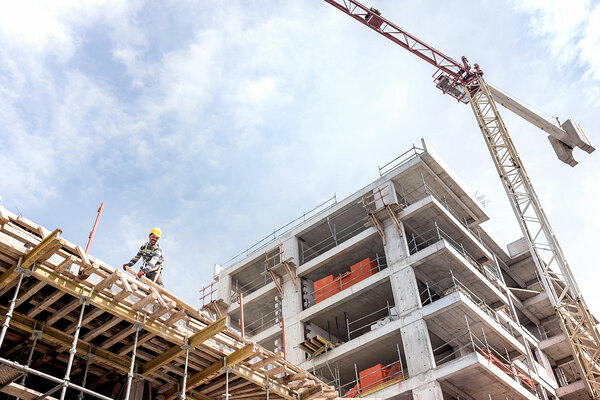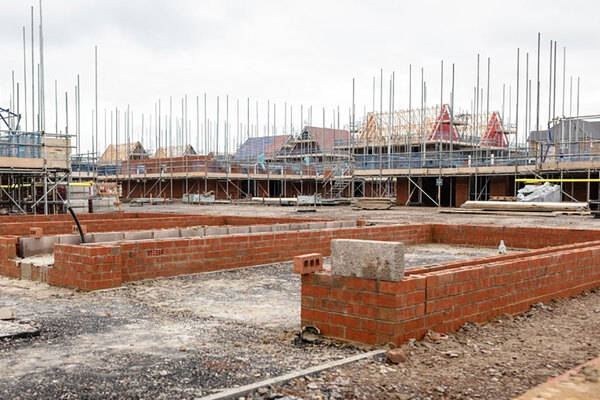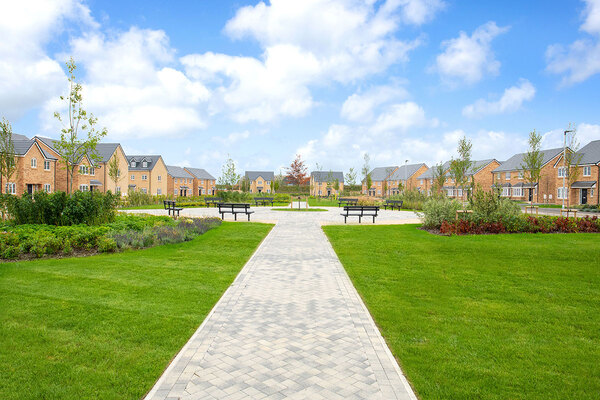You are viewing 1 of your 1 free articles
Clarion sets 20% biodiversity uplift target for new developments
Clarion has set a 20% biodiversity uplift target for new build developments.
The UK’s largest social landlord is aiming to achieve a minimum of 20% biodiversity net gain on new sites. This is double the legal requirement of 10% under regulations that came into force earlier this year.
On sites without existing greenery, Clarion will aim to achieve two biodiversity units per hectare. The association explained that this metric is needed because on sites with a baseline biodiversity of near zero, any small action could result in a high percentage change.
For projects delivered through Section 106 agreements, Clarion said it would meet the statutory target of 10% biodiversity uplift, moving to a minimum 20% target by 2030.
The housing association also announced that it would aim to improve up to five of its existing developments per year to hit a target of 10% onsite biodiversity net gain.
This will be accomplished by changes including reduced mowing and relaxed tree pruning, creating wildflower meadows, shrub and tree planting and bat and bird boxes.
Clarion revealed it had undertaken an assessment of the current biodiversity on five “representative neighbourhoods” to gauge the kind of improvements that could be possible over its entire portfolio.
Biodiversity net gain laws require new development in England to improve habitats by a net 10%, ideally on site. When these gains are not enough, offsite gains can be created by the developer elsewhere or bought through a new private market for biodiversity credits.
In its biodiversity strategy published on 22 May, Clarion noted that many local planning authorities have already embedded or intend to embed policy requirements for up to 20% biodiversity net gain.
The landlord set out plans for handover and ongoing monitoring of biodiversity after new sites have been delivered, as well as maintenance and evaluation.
It also said that where need is identified, new schemes should provide “green infrastructure” to reduce exposure to air and noise pollution, such as green facades, enveloping green spaces, or hedgerows.
All new developments should provide “high-quality green space” such as terraces and roof gardens and courtyards, the plan added.
Earlier this month, the National Audit Office warned that the government’s “novel and complex” biodiversity net gain policy was launched without having all the elements in place to ensure its long-term success.
In January, experts told Inside Housing that the credit system designed to be a “last resort” under the biodiversity laws could be used “a lot more than intended”.
Sign up for our development and finance newsletter
Already have an account? Click here to manage your newsletters
